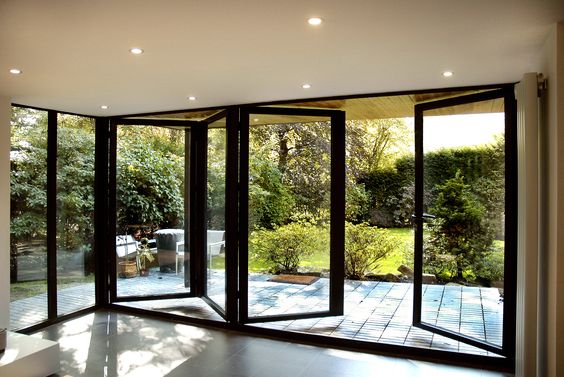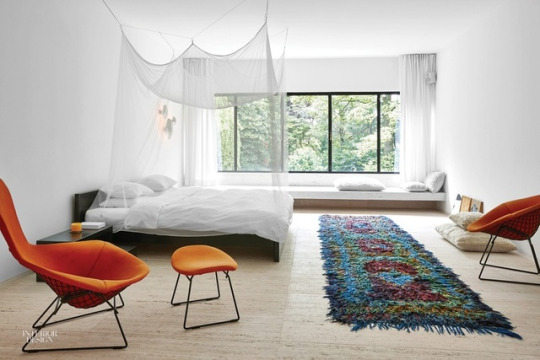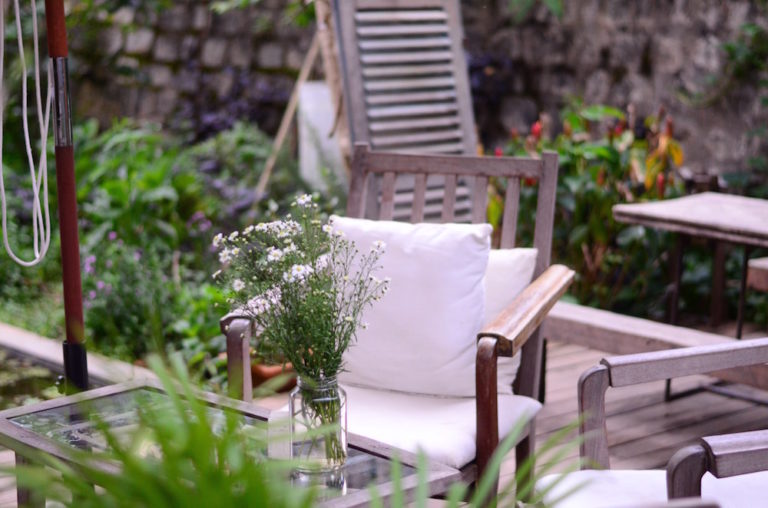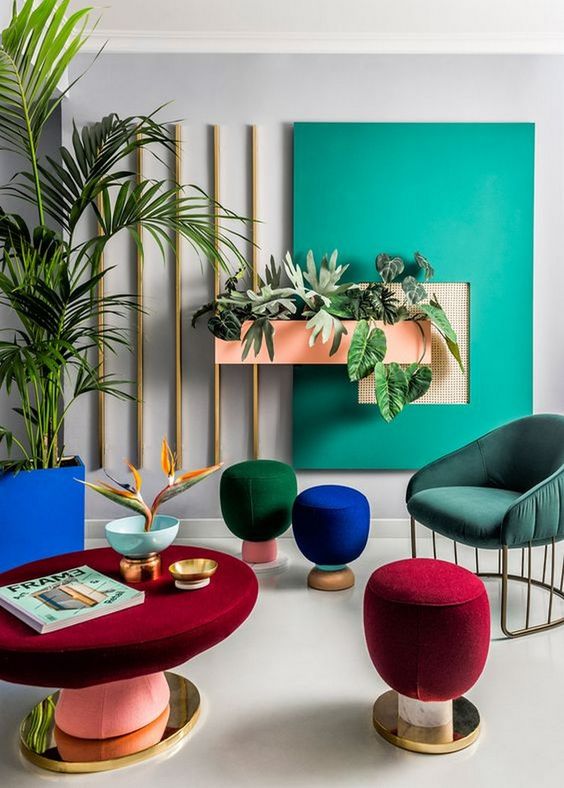How To Mix Different Textures And Patterns In An Interior Design
When it comes to interior design, texture and pattern play a significant role in creating a visually appealing space. While using different textures and patterns in a single room can seem daunting, it adds depth and interest to the room’s overall design. Here are some tips on how to mix different textures and patterns in an interior design.
1. Start with a neutral base
It’s always a good idea to start with a neutral base to build upon. This allows you to layer different textures and patterns without overwhelming the space. Use a neutral color palette for large pieces like the walls, furniture, and flooring as a foundation.

2. Mix different materials
Aim to mix different materials that feel different to touch. For example, combine soft materials like cotton or velvet with rough ones like linen or wicker. This coziness brings depth and interest to the overall design.
3. Use different patterns in different scales
Mixing patterns of different scales creates a visual interest in the space. You can combine large prints with small ones and mix them up with stripes, polka dots, and florals. The key is to play with patterns of different sizes, so they don’t compete with each other.
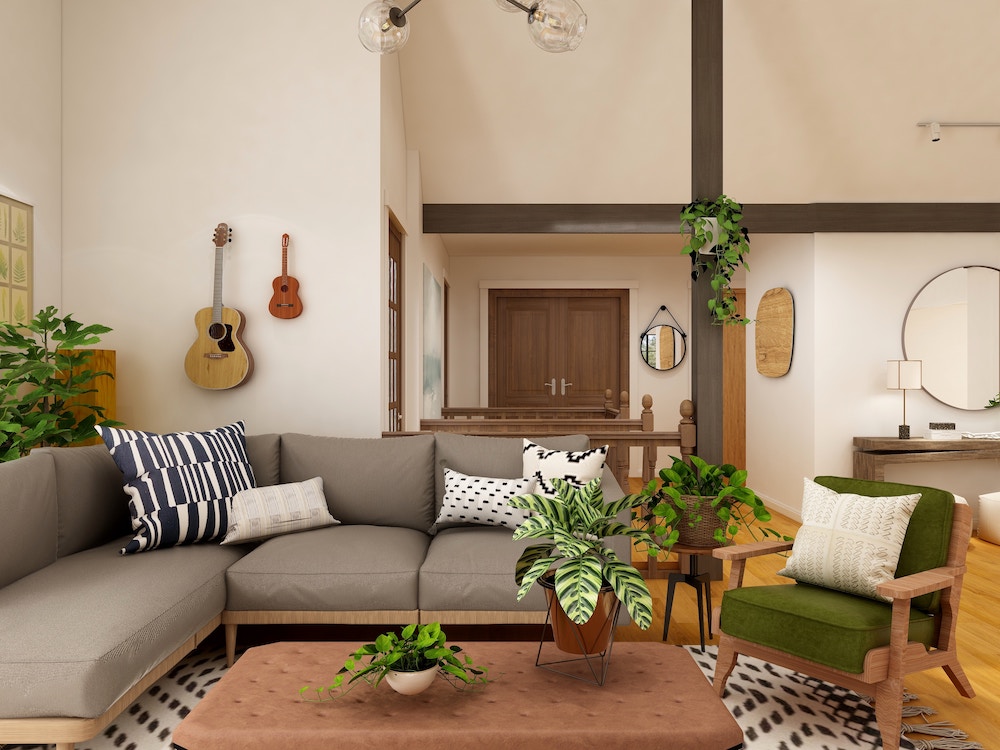
4. Focus on a color scheme
Choose a color scheme that complements the room’s overall design. Use one bold color and several secondary colors to tie the room together. Combining different patterns and textures with a coherent color scheme keeps the room from becoming too busy.
5. Use accent pieces
Use accent pieces like throw pillows, rugs, and curtains to add texture and pattern to the room without overwhelming it. These elements are easy to change, so feel free to mix and match styles until you find the perfect combination.
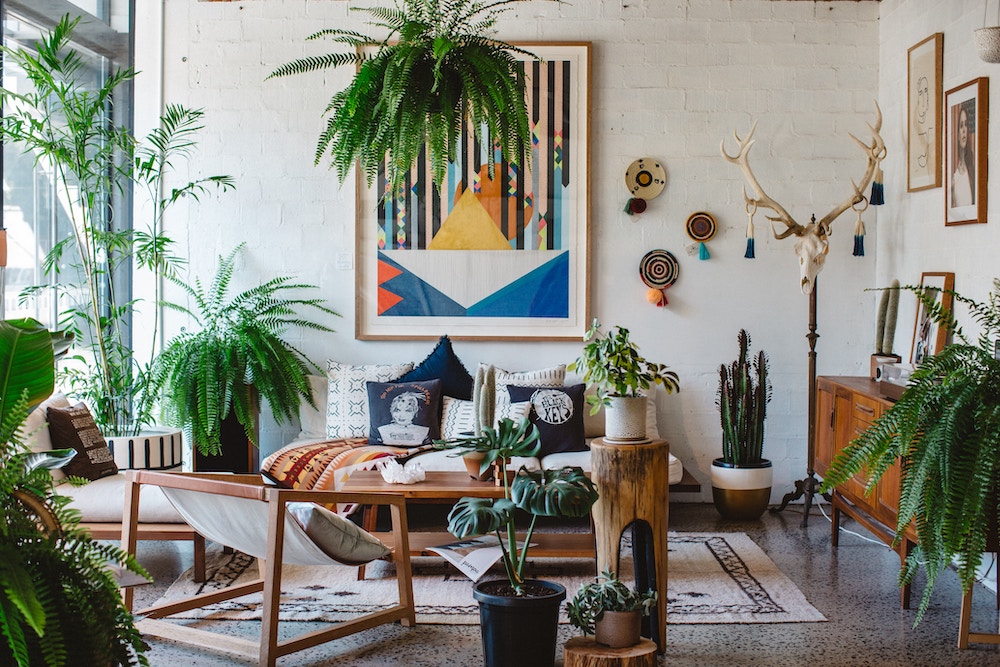
6. Incorporate natural elements
Don’t forget to add natural elements like plants, wood, or stone to balance the different textures and patterns in the room. These elements provide a sense of harmony and tranquility, making the space feel more inviting and comfortable.
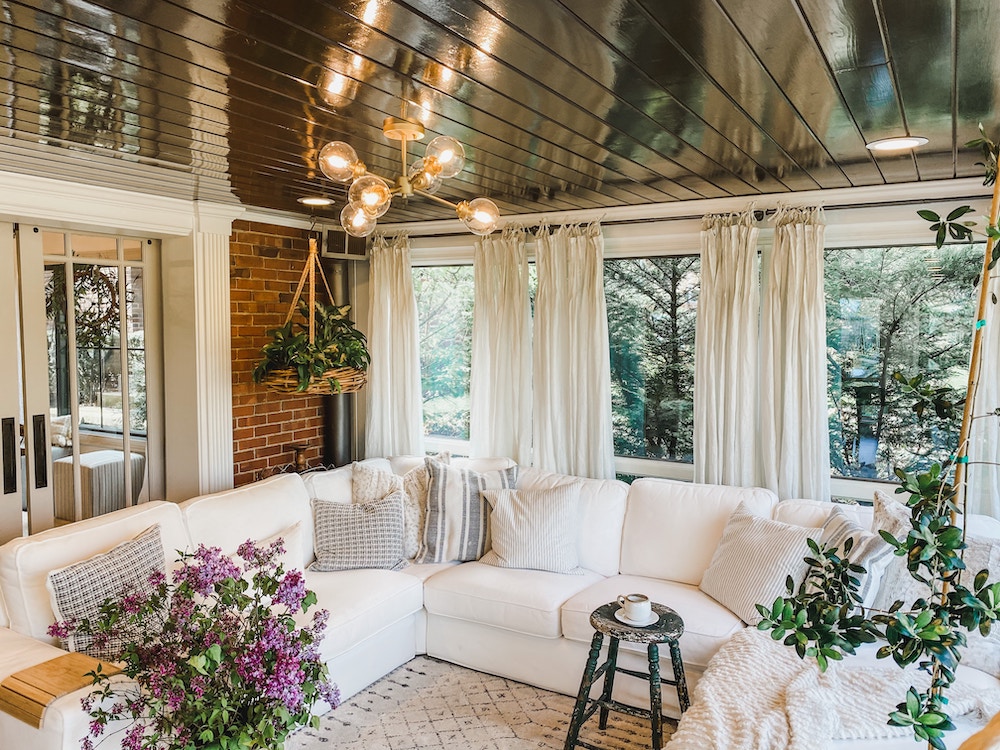
7. Create a focal point
Lastly, create a focal point in the room where you can bring together all the different textures and patterns. This can be a statement piece of furniture, artwork, or a feature wall. It will draw the eye and provide a cohesive visual element to tie the room together.
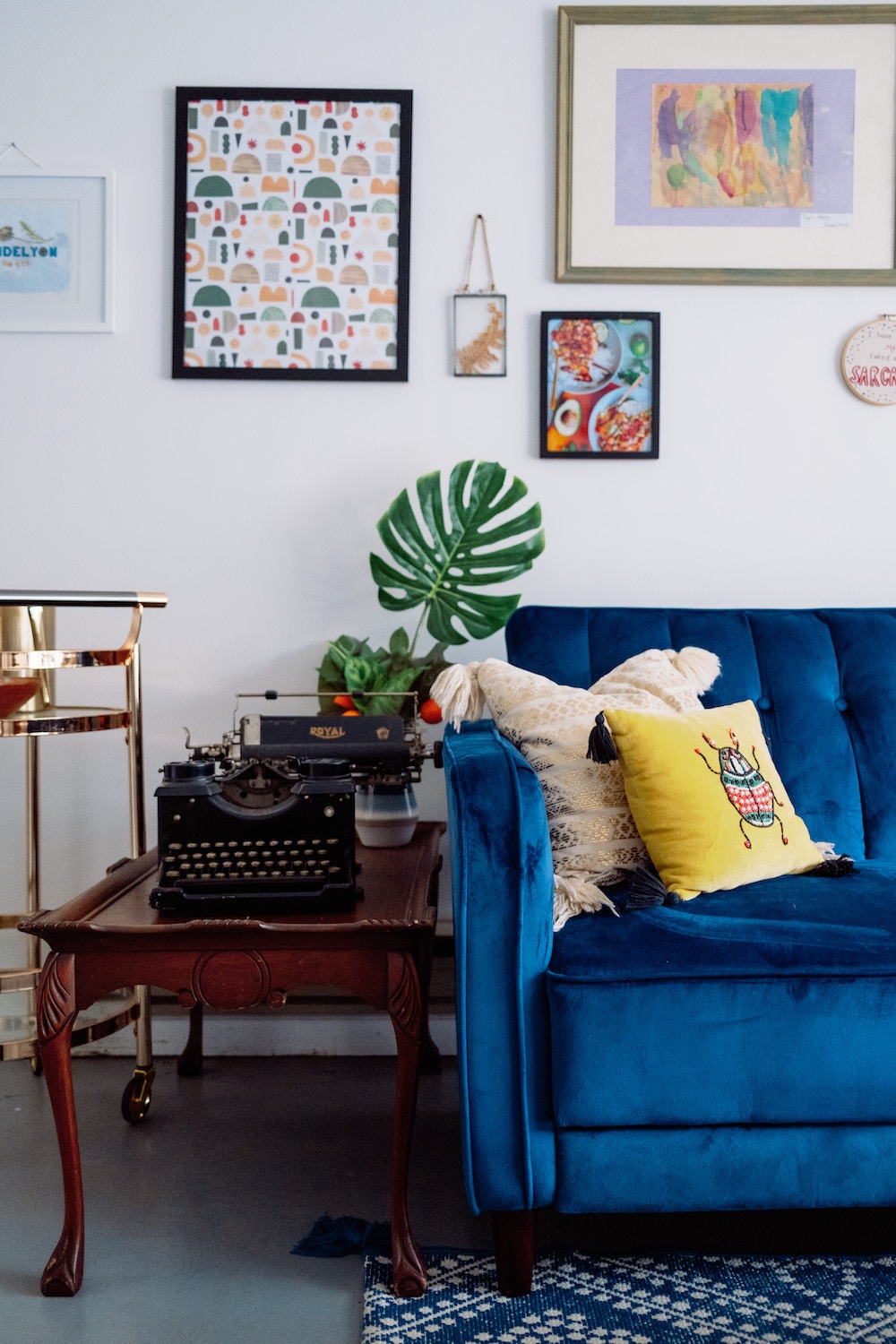
In conclusion, mixing textures and patterns in interior design may seem daunting, but it adds depth and interest to any room. Start with a neutral base, mix different materials, use different patterns in different scales, focus on a color scheme, and use accent pieces. The key is to have fun and experiment until you find a combination that creates a visually appealing space.

